SEPTEMBER 2025 RISING TALENT AWARDS : GERMANY’S CREATIVE LEGACY OF PRECISION, FUNCTIONALITY AND METICULOUS ARTISTRY CONTINUES
Published on 30 July 2025
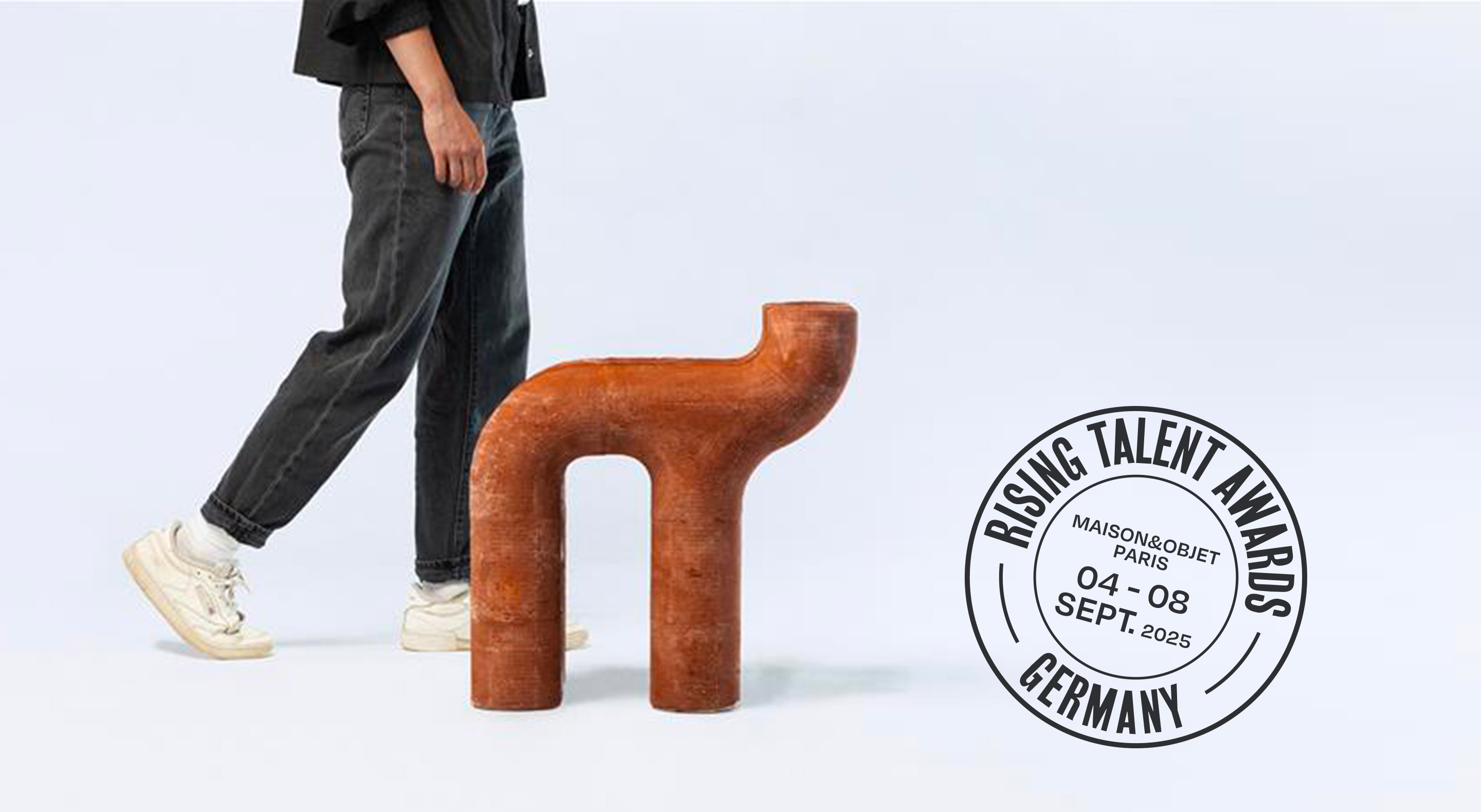
Over the decades, Germany’s heritage of design innovation, state-of-the-art manufacturing, detailed precision and superior functionality has given it the status of being one of the most influential and wellregarded regions within the design sector. Home to pivotal movements such as the Bauhaus and the Werkbund, which shaped the future of design for generations to come, that iconic legacy is set to continue thanks to a strengthening pool of emerging talent who are paying homage to this history while reinterpreting the region’s core design values for a contemporary global audience.
For the 2025 edition of the Rising Talent Awards, Maison&Objet is putting the spotlight onto a selection of these visionary talents representing the region.
FRIEDRICH GERLACH
German designer Friedrich Gerlach explores the intersections of innovation, sustainability, and technology through a research-driven approach. His creations—shaped by processes such as bacterial growth and additive manufacturing—challenge established norms and reflect a committed vision of design.
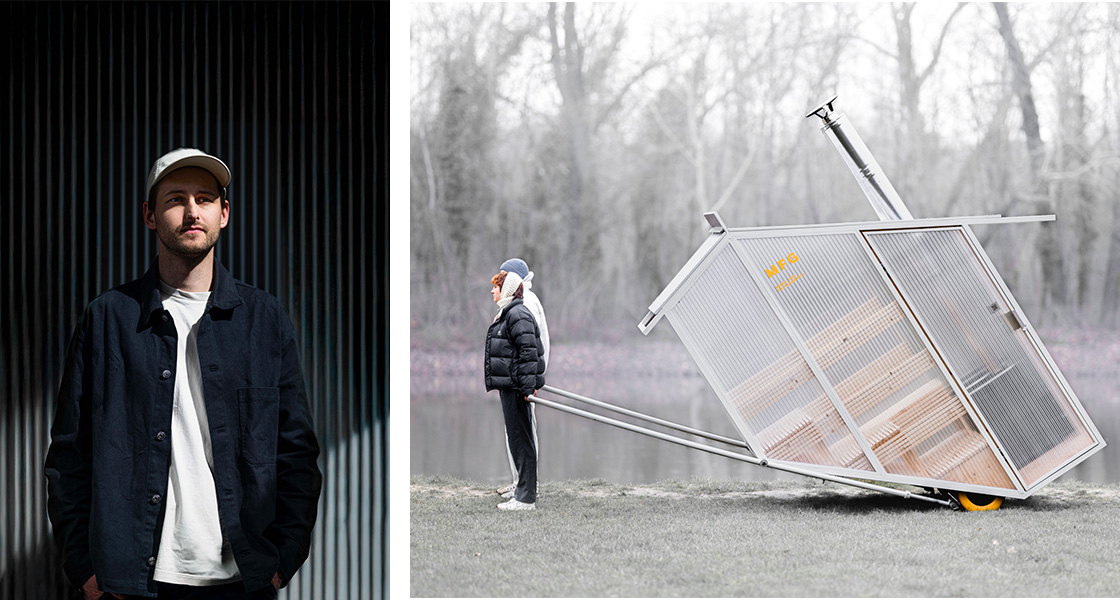
M&O: What is the mission that lies behind your creative practice?
Friedrich Gerlach: “I often work with materials and processes that are still in early development and not yet part of everyday applications. My aim is to translate these into tangible images and experimental prototypes that make their potential visible. Many existing innovations already offer answers to today’s ecological and social challenges, but they often remain hidden in research environments. Through design, I try to make them accessible and relatable – to open new ways of thinking about production and material use. It’s about making research perceptible through design.”
M&O: What drives the curiosity behind the materials you select and work with?
F.G.: “Many products are still created without considering what happens to them at the end of their lifecycle. I like to challenge these production systems and rethink them from a different angle. In a world where increasing consumption generates more leftover materials, I see these not as waste, but as valuable resources. I find it exciting to work with what’s already there – designing in a way that anticipates transformation, reuse, or even disappearance. There’s also a lot to learn from nature, whether it’s circular systems or microscopic strategies that already provide solutions – we just need to understand them.”
GERLACH & HEILIG
Founded by Kyra and Lenn Heilig, the studio Gerlach & Heilig draws on cultural and technical layers to imagine projects that blend object design, furniture, and conceptual installations. Based in Amsterdam, the duo explores materials through experiments that are both poetic and striking.
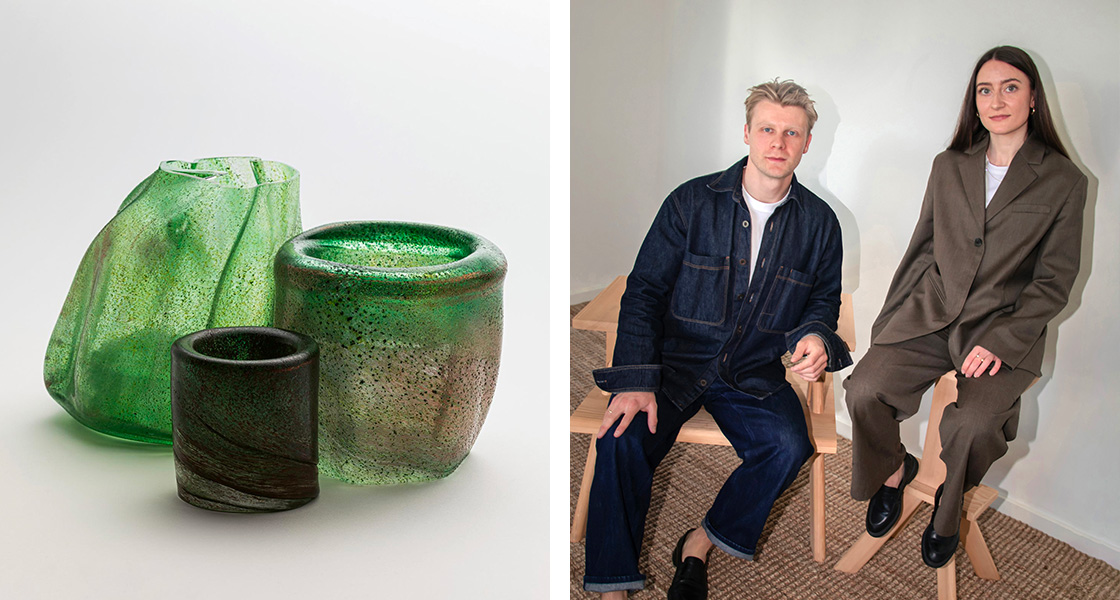
M&O: As a duo, how do you combine your creativity within each project?
Gerlach & Heilig: “Each project begins with in-depth conversations where we share and challenge each other’s perspectives. This constant exchange ensures we approach our work from a holistic and thoughtful standpoint, considering not just aesthetics, but the deeper narratives that shape our ideas. We often go for long walks together to discuss concepts. There is something about being away from immediate pressures, clearing our minds and allowing ideas to flow. As our partnership is an ongoing process of learning and growth, we’ve developed an intuitive understanding of each other.”
M&O: Does each project begin with a material in mind and how does the creative process work?
G&H: “The relationship between material and concept is rarely a linear one. It is never just an aesthetical choice for us, as materials express the deeper narratives and ideas embedded in our work. Sometimes a project starts with a specific material whilst in other instances, the concept we’re engaging with will dictate the materials we choose. For us, it is about experimenting with curiosity to see where the material itself leads us. It’s a kind of open-ended investigation, where it guides us as much as we shape it. This dynamic exchange fosters outcomes that aim to feel organic and intentional..”
HAUS OTTO
Based in Stuttgart, the studio Haus Otto—founded by Patrick Henry Nagel and Nils Körner—develops a playful and contextual approach to design through objects, spaces, and creative direction. In 2023, they launched the project FARM in collaboration with eight young artists and designers on an organic farm near Lake Constance.
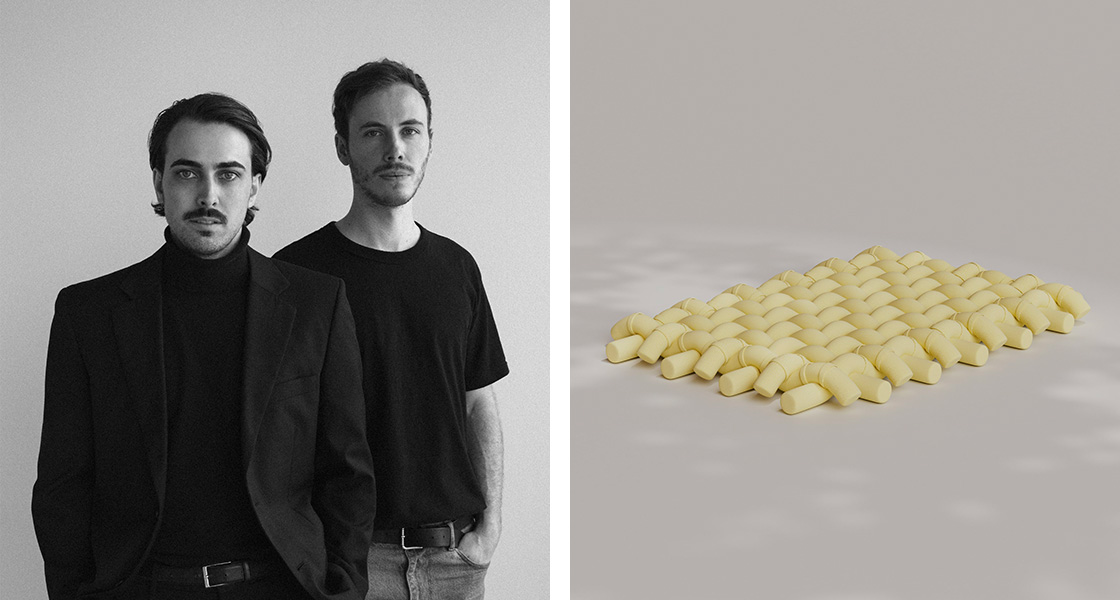
M&O: Where do you find inspiration and what do you hope viewers feel when witnessing your work?
Haus Otto: “We have multiple inspiration sources from a new book to an exhibition, being in nature or even simple everyday conversations. Art and pop culture also play a significant role in our inspiration, particularly how they mutually influence and nourish design. For example, the Fluxus movement or radical design movement born in Italy in the 60s have had a profound impact on us. We hope that our work then goes on to surprise audiences, evoke an emotional connection and, at best, start a conversation.”
M&O: Sustainability lies at the heart of what you do. How is it intrinsic within your practice?
H.O.: “We believe we must think about products within a much wider context. Not only what they look like but what materials are used, how they are sourced and what happens to them at end of life. This can cover how products are disassembled to be reused or recycled, as well as the communication around them and the context in which they are displayed. We are also trying to create new networks for companies to share assets, services and resources, moving us closer to a sharing economy that not only reduces costs but also encourages greater exchange within the sector.”
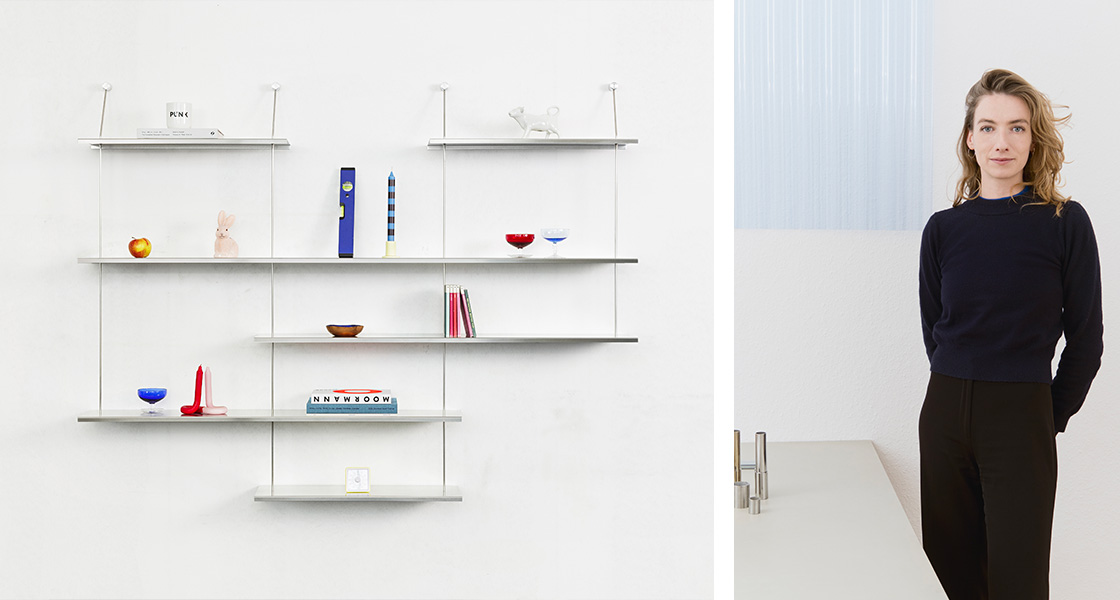
With a background in product design and communication, Marie Luise Stein creates projects in Berlin ranging from furniture to spatial design, guided by a clean, modular, and sustainable aesthetic.
M&O: Working across spatial and product design, do both disciplines feed into each other and are products guided by spaces you create?
Marie Luise Stein: “I’d describe it more as a natural interconnection. For me, design always unfolds within a context – be it a physical space, social framework, conceptual idea or a personal curiosity. When designing a product, I think about how it will interact with its surroundings and the people who engage with it or how will it support, structure, or subtly shift a space? Conversely, spatial concepts emerge from considerations of material, scale, or function. I don’t see them as separate disciplines but as interwoven layers that continuously inform and enrich the other.”
M&O: Modularity is a recurring feature in your work, why is this important?
M.L.S.: “For me, it is both an aesthetical and conceptual decision. But, more than anything, it is a way of creating systems that can adapt and evolve. Contemporary life is rarely static: spaces change, routines shift, and so do the ways we use and relate to objects. A modular approach allows furniture to respond to such changes. Beyond this, it embeds longevity and openness into the design itself, creating something that’s not fixed to a single purpose or moment. I try to develop objects that remain relevant, functionally and emotionally, because they allow space for change, reinterpretation and continued use over time.”
MORITZ WALTER
Berlin-based industrial designer Moritz Walter creates simple, functional objects grounded in an approach that focuses on emerging materials, processes, and practical solutions to everyday needs.
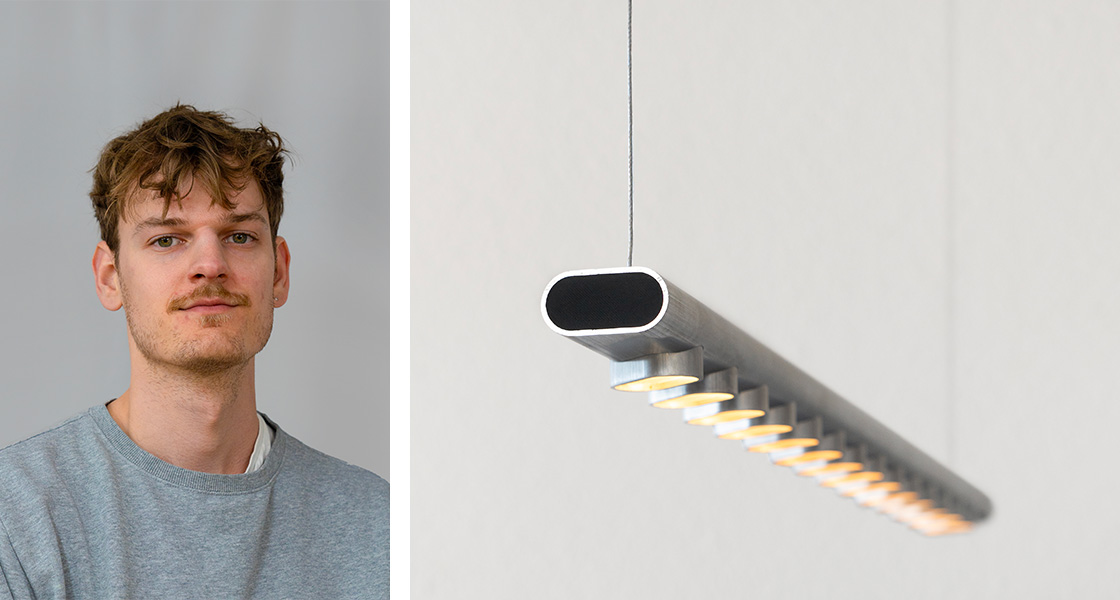
M&O: What drives your curiosity within design and what are your biggest creative influences?
Moritz Walter: “I’m particularly interested in sustainable construction and material honesty, both important values in my process. I try to focus on products that feel accessible and intuitive. This becomes especially important in living and working environments, where products are part of daily routines and closely interact with people’s habits. In such contexts, I think products should be approachable, unobtrusive and offering a certain calmness. These considerations shape both the technical and formal direction of a project, often resulting in a reduced and clear aesthetic.”
M&O: Does your creative process begin with an object in mind or do you focus on solving a dilemma?
M.W.: “There’s no fixed path, but I always enjoy working in a hands-on, iterative way. Sometimes the starting point is a clearly defined challenge as in my project HOTSPOT, where I explored the environmental impact of heating homes. The process began by understanding a problem and then looking for a meaningful, tangible response. Other times it begins with a specific material, a new technology, or manufacturing process. Then it’s about exploring possibilities and seeing what object or system evolves from that. I think my lamp NORM, made from a single aluminium profile, is a good example of that approach.”
STUDIO Œ
Based in Berlin, Studio Œ—founded by Lisa Ertel and Anne-Sophie Oberkrome—explores object design, furniture, and scenography through a sensitive, material-driven approach. The duo combines collaborative practice with knowledge-sharing as educators at HFBK Hamburg and HBK Saar.

M&O: What would you say is the unifying mission that fuels the passion behind each project?
Studio Œ: “Our work is inspired by the unique spirit of a place, navigating the intersection of analogue and digital, culture and nature. Each project carries its own distinct influence and story but what ties them all together is a deep respect for the materials we work with. We seek to understand their specific qualities and push them to their full potential – ideally to a point where the material itself starts to shape the form. At the heart of it all is a constant dialogue between the two of us. An exchange that sharpens the concept and shapes the design – like a pebble that is smoothed over time.”
M&O: How do you find a balance between modern functionality and your own unique design language?
S.Œ.: “We don’t see it as a matter of balancing the two as if they were opposing forces. For us, the concept doesn’t compete with function – it supports it. It puts the project into context, gives relevance to the function, and adds character to the object. We like to think of it as form following function, material and research. Our design language works more like a tool for translating and communicating topics we find meaningful into physical form. Sometimes that comes through playfully, sometimes with a subtle tactility, and sometimes more visual and bolder. But it always starts with curiosity!”
GABRIEL TARMASSI
– TALENT CRAFT by ATELIERS D’ART DE FRANCE
Based in Bamberg, Gabriel Tarmassi creates wooden sculptures that blend art, design, and craftsmanship. Through a hands-on, experimental approach, he reinvents traditional techniques to bring to life unique, organic pieces that engage in dialogue with the material.
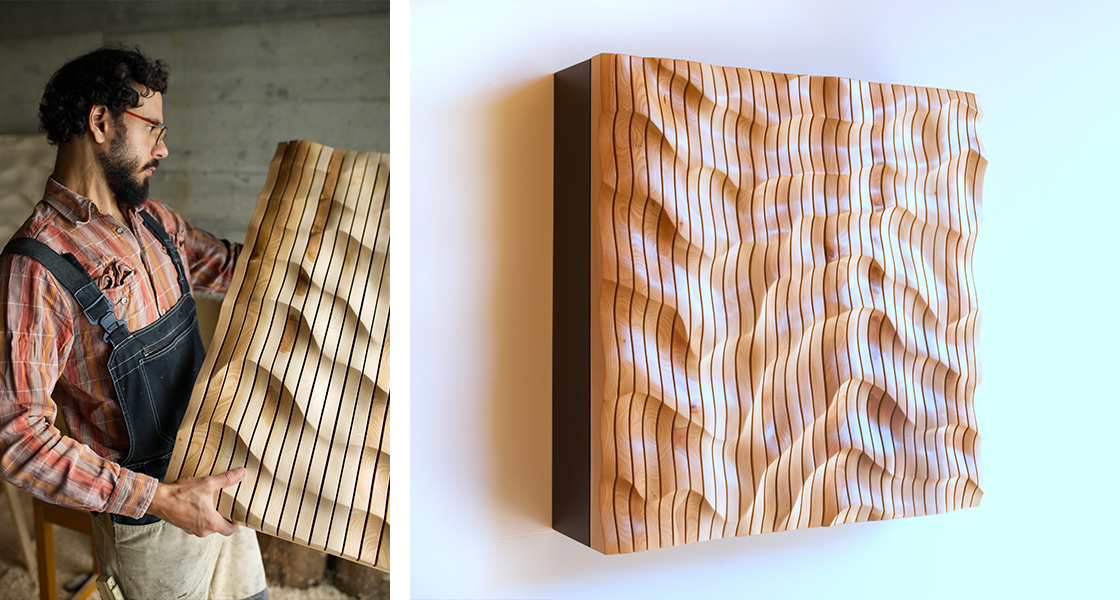
M&O: Why did you decide on wood as the specific medium for your practice?
Gabriel Tarmassi: “I grew up in a rural area of southern Germany and worked with it a lot as a child, carving spoons, making bows and arrows and building shelters in the woods. This led to a fascination with wood and how to work with it as a living material. You must work according to its own nature and pace as it’s like being in a dialogue with the wood. During my apprenticeship I noticed a strong inclination to develop a more artistic approach based on the woodworking skills I was learning. It was not that I had my visual design language first, but the other way round – sometimes I feel that wood chose me.”
M&O: How does the material guide the final form of the piece you make?
G.T.: “While my pieces are inspired by the formations we find in nature, the material itself is already telling a story. It’s only through the act of making that I reveal the underlying layers of growth, and the specific expression of grain is something I try to incorporate. For works that feature dynamic movement, I use fine-grained woods like maple or cherry as they give me freedom in the design process. I also create sculptural pieces from green wood, often oak, that cracks and warps during the making process. These have an archaic expression that stands in contrast to the flowing language of my wall sculptures.”